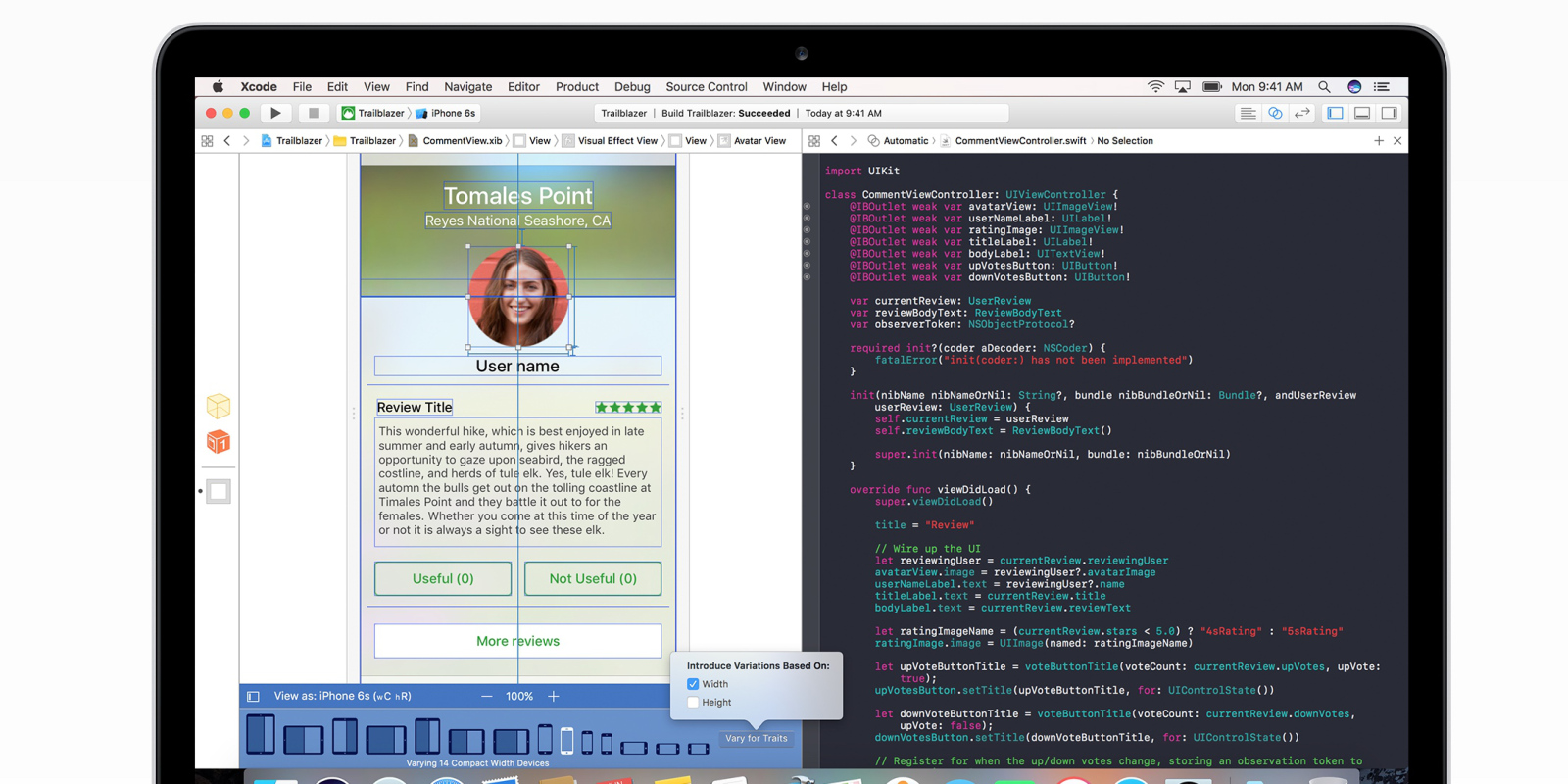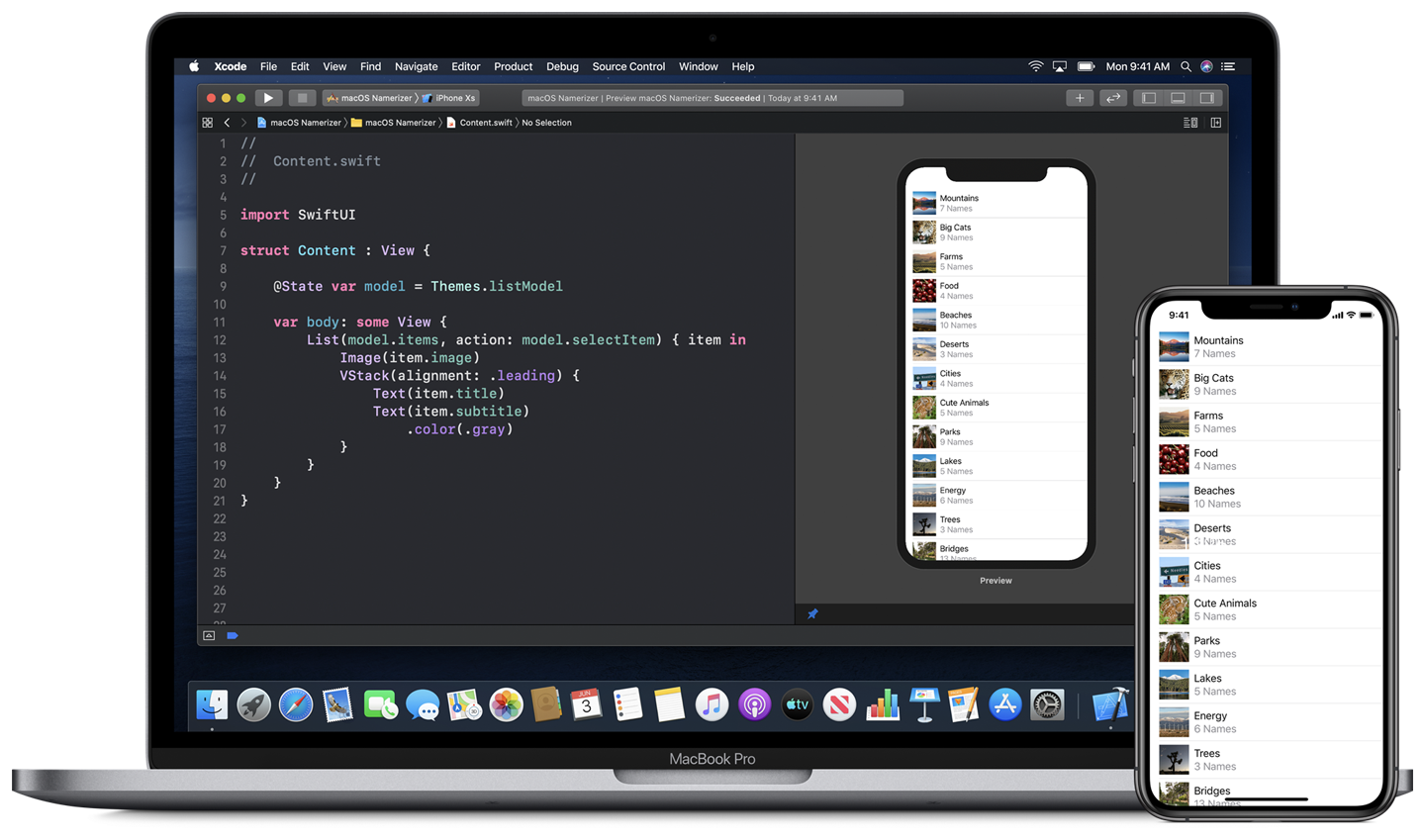

If the pace stays the same, the number of such projects will equal the number of Objective-C ones. Swift usage has greatly expanded since its introduction, and it currently used in a third of all Cocoa open source projects.

Swift projects are arguably much more future-proof than the ones written in Objective-C.
XCODE FOR MAC FOR C FOR MAC OS X
However, if you need to create a project for older systems, (below 10.9 for Mac OS X and below 7 for iOS), then you are forced to use Objective-C, as Swift doesn’t support them. Swift supports all new versions of Mac OS X, and iOS, as well as any iteration of tvOS and watchOS. A process that is both tedious and can result in a number of hard-to-fix bugs. C++ simply cannot be imported into Swift files as is, thus requiring you to commit to creating Objective-C++ and Objective-C wrappers. Objective-C also much better at working with C++ libraries or cross-patform C++ SDKs, as each time you want to employ another part of C++ library with Swift, you need to bring in additional overhead. While Swift do provide some ways to work with them, such as wrappers that help to smooth out memory management, the fact that the APIs themselves are based on C makes them much better fit for use with Objective-C. Examples of such APIs include CoreFoundation, CoreAnimation and AVFoundation. Objective-C is a best choice of language is you need to create application that utilizes some foundation APIs. Mac OS X - Writing Kauth Listeners Working with Foundation APIs Main cause of this error is the fact that the way Swift automatically references counting system is left unchanged from Objective-C.
XCODE FOR MAC FOR C CODE
One great example of an error that can plague both Swift and Objective-C code is a memory leak from a retain cycle. By simply avoiding ! operators and following idiomatic Swift, you can easily write a code that will account for all potential errors. This is thanks to its strong typing system and the way error handling works. Swift is way ahead of the Objective-C when it comes to stability of the code itself. However, if robustness of runtime is not your main concern, you will be able to easily achieve your goals with Swift. Such a code is most often used for complex SDK, but can also be occasionally found in apps.

As it stands now, Objective-C is the choice when it comes to creating code that benefits from reflection and deep introspection of types and objects. Runtime in Swift is severely behind when compared to Objective-C, and there is a good chance that it won’t be able to catch up in this regard for years to come. Example of applications, entirely written in Swift includes Slideshare by LinkedIn and WWDC by Apple.Īt the moment, Swift 3 comes along with Xcode 8, fixing many of the defects and problems of the language and including plenty of improvements. Swift, on the other hand, doesn’t have as much third party libraries, however, this is only a matter of time, as it is young and evolving language.Īpple themselves strongly promote Swift.

Objective-C++ is a variation of Objective-C that adds support for C++ syntax, allowing to compile source files containing both Objective-C and C++.Īn incredibly large amount of third-party libraries is written in Objective-C, focusing both on UI and program logic (databases, networking, multithreading, data analysis, etc.). At its core Objective-C is a superset of regular C with added object-oriented features and dynamic runtime. When NEXTSTEP creator NeXT was merged with Apple in 1996, NEXSTEP became the basis of a new Apple OS, solidifying Objective-C as the main language for Apple systems for years to come.įor a long time Objective-C was a sole primary programming language used for creating OSX and iOS applications. Originally created in the early 80s, Objective-C first gained its popularity as the main language for NEXTSTEP operating system.
XCODE FOR MAC FOR C SOFTWARE
Which projects should be written on Objective-C or Swift?Īt Apriorit we have extensive experience of developing software for both iOS and Mac OS, and this article compares two languages together and covers Objective-C vs Swift differences in order to help you choose Mac OS X and iOS programming language for your project.


 0 kommentar(er)
0 kommentar(er)
